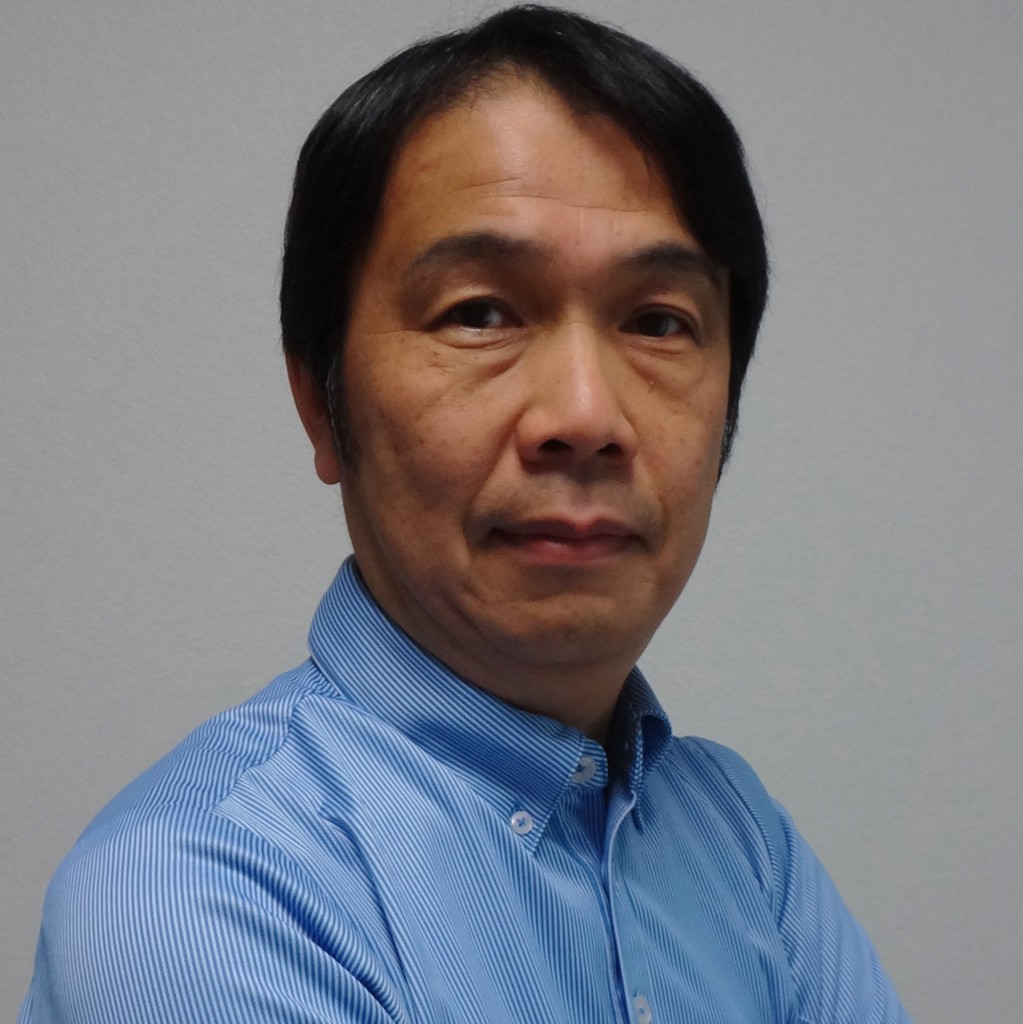Nobuyuki Hashimoto
Citizen Watch Co., Ltd, JapanFor development of liquid crystal optical devices for use in a wide variety of instruments, Blu-Ray disks and applications in precision measurement and microscopy.

As a child, Nobuyuki watched the Apollo 11 moon landing on television with great fascination. Not only was it a historic moment for space exploration, but he was amazed by the satellite relay capabilities from the moon to the US and then to Japan. But this milestone in space exploration was not what inspired him to pursue a career in engineering. The famous Japanese animation, Mighty Atom (a robot with human emotions) is what ultimately sparked his interest. In high school, he found physics to be beautiful which led him to pursue it during his university studies.
Today, he’s a senior researcher at Citizen Watch Co., Ltd. in Saitama, Japan, just outside Tokyo where he works on display technologies. While he has a successful career now, it was not always easy. One of the major obstacles in his career came in trying to convince industry executives that his research in applying liquid crystal adaptive optics to optical disk drives could be used in industrial applications. At the time, people in industry were conservative when it came to using new technologies and were not sure that this idea would work. Fortunately, Nobuyuki managed to convince one key person of his idea and vision. With this support, he was able to convince other influential people of the success of the new idea.
Nobuyuki says that there were three main turning points in his career. The first occurred in 1983 when he joined Citizen Watch Co., Ltd. The company’s main business is precision machining which is not directly related to optics. However, at that time, the R&D department was focused on liquid crystal displays which are related to optics and so he was able to get involved in that department where he still works today. In 1991, he was able to successfully demonstrate a holographic television system using liquid crystal optics which allowed him to take part in academic activities such as publishing papers. In 2000, liquid crystal active optics was implemented for DVD pickups for correct aberrations. Nobuyuki and his team successfully manufacture over 10 million pieces of liquid crystal optics annually that are used worldwide. No one else was able to deliver such a large amount for consumer products.
When it comes to finding a mentor, Nobuyuki says that it was tough, but he was lucky to have a great first boss, Mr. Morokawa. Mr. Morokawa was the R&D manager when Nobuyuki joined Citizen Watch. He advised Nobuyuki to “go back to principles” when you face challenging situations. Nobuyuki says this advice is one of the ways he overcomes problems in his research.
Nobuyuki says although there are many exciting things about the field of optics and photonics, he is most excited about biomedical optics and information processing. Right now, his research focuses on applying active optical devices to microscopy for super-resolution imaging. He says that resolution higher than 100 nanometers and deep-tissue imaging over 1000 microns are his biggest challenges.
When it comes to the research process, Nobuyuki’s favorite part is discussing his research with other scientists and creating new ideas and applications for active optics. He says that OSA is very important to his career as it provides many opportunities to connect with new ideas and excellent people. In terms of the future of the field, Nobuyuki says that it is strong and that he looks forward to advances in aberration correction systems for microscopy and OCT which have been developed but not yet commercialized.
Profile written by Jeanette Gass
